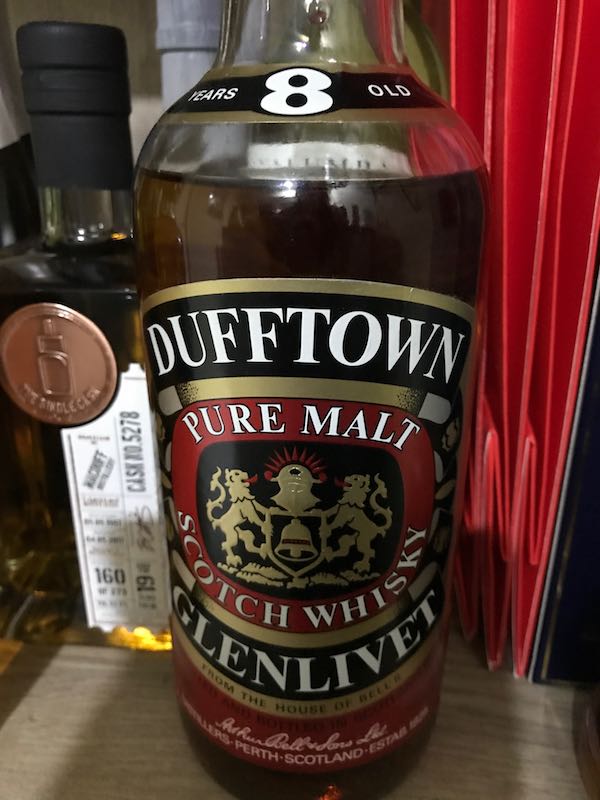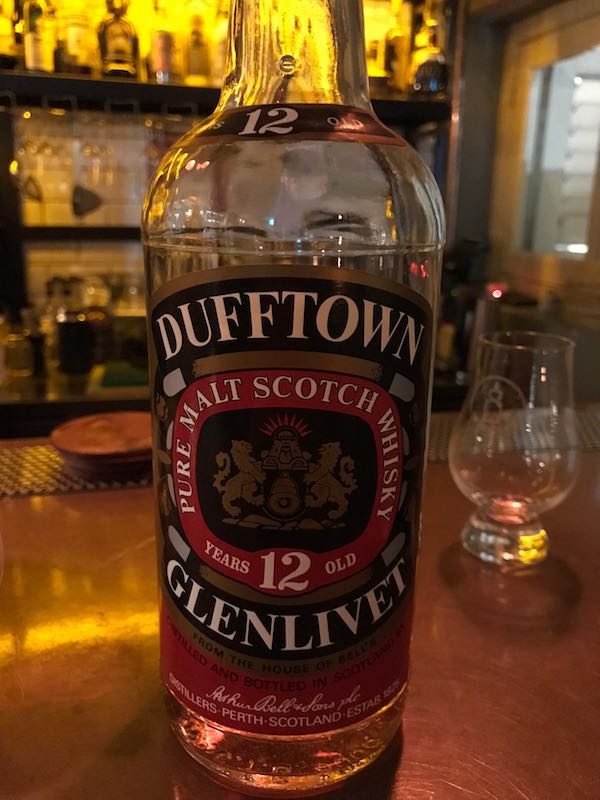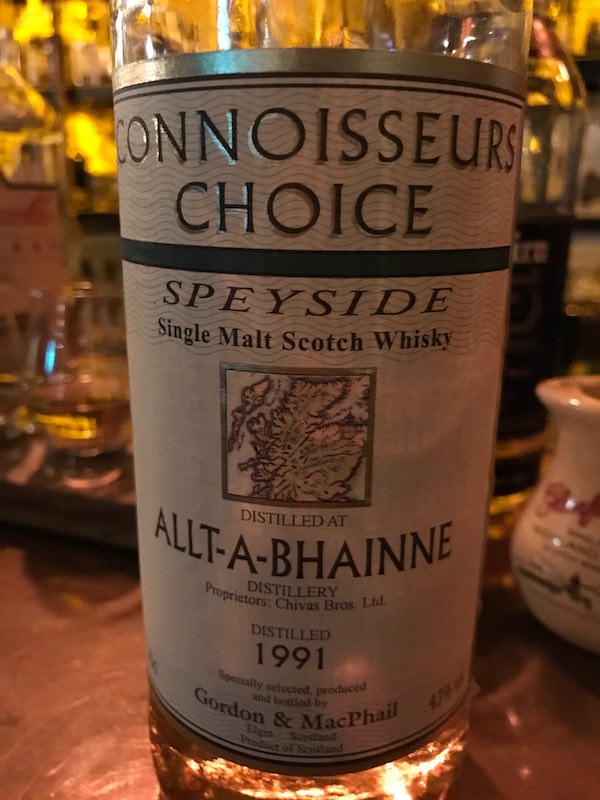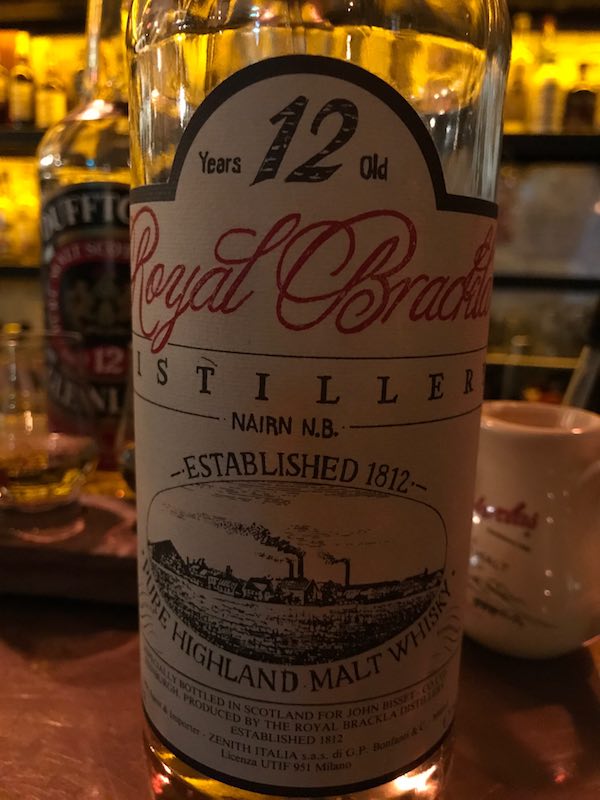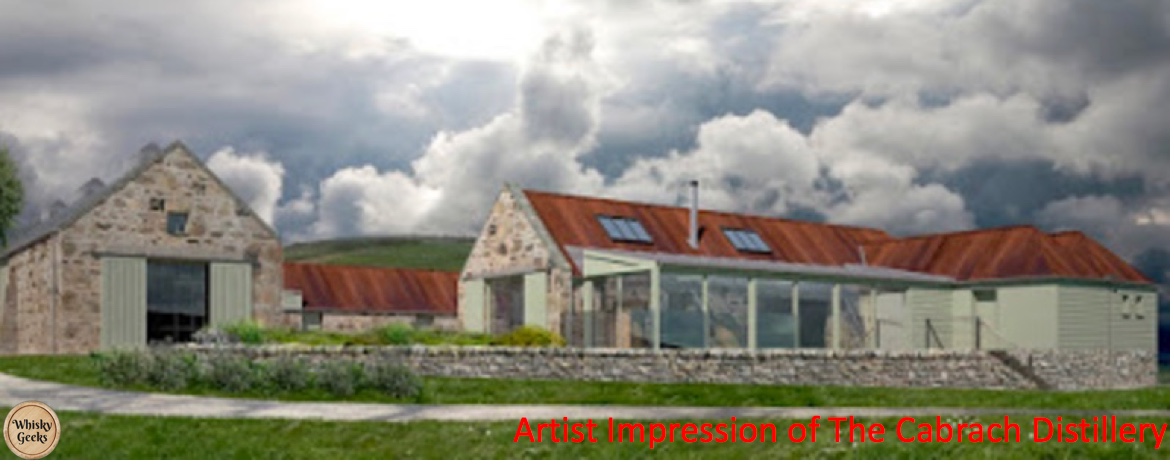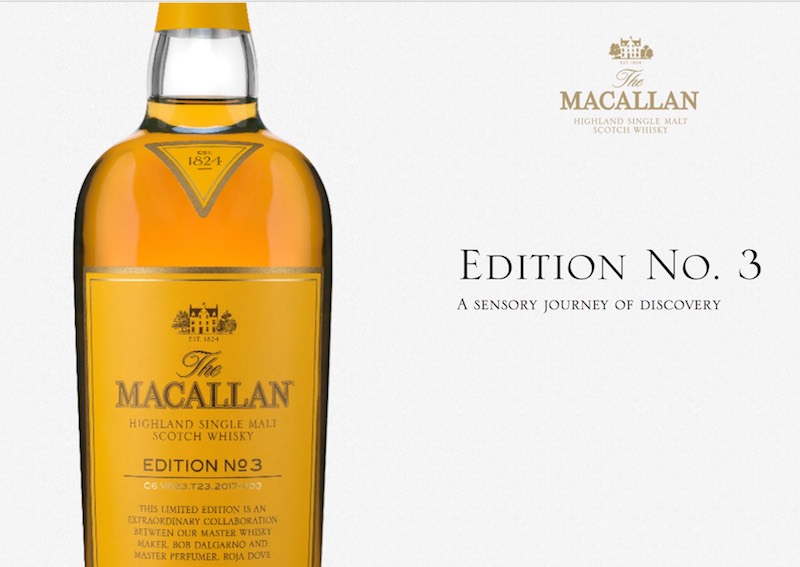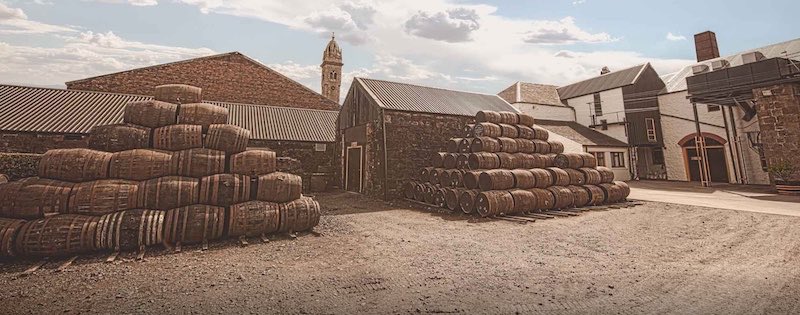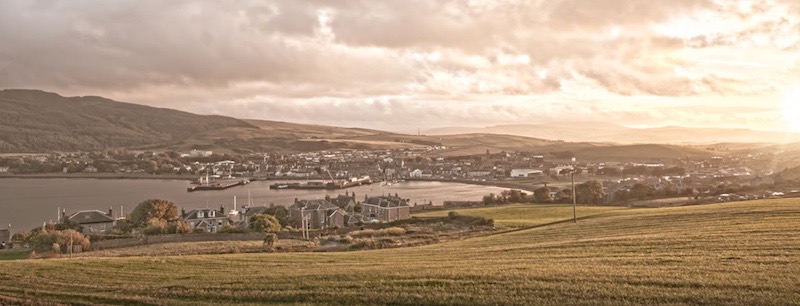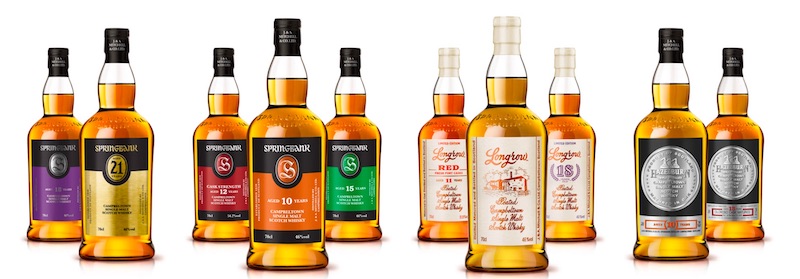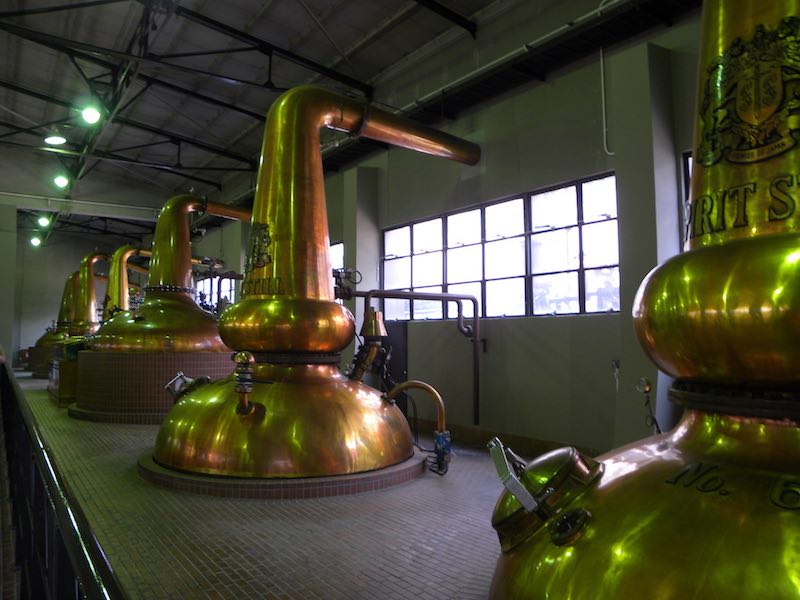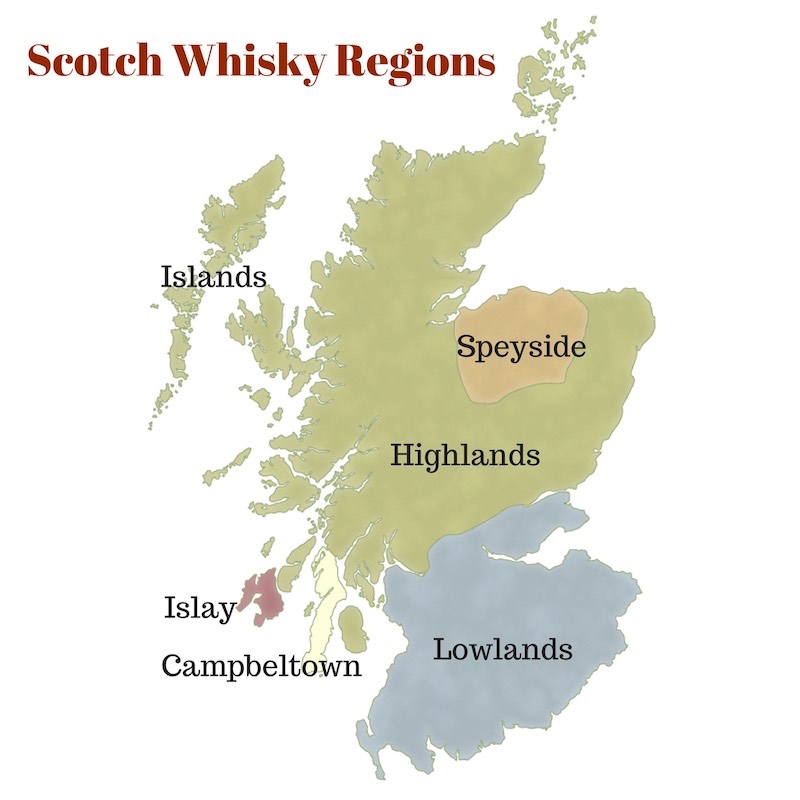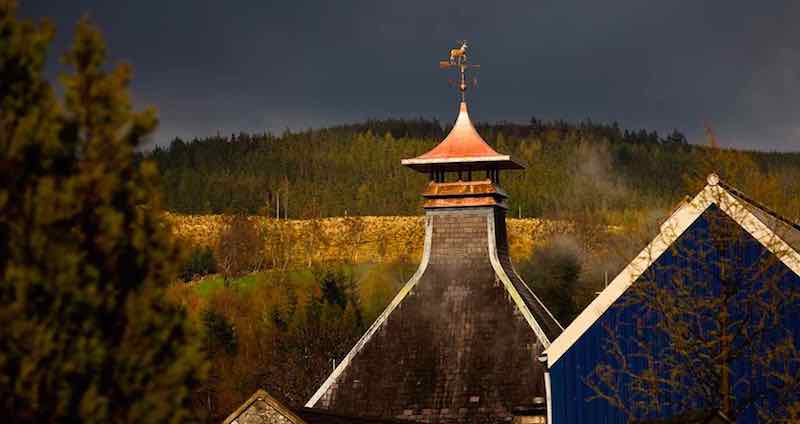
Picture Credits: www.glenfiddich.com
Glenfiddich is the world’s best-selling single malt owned and produced by William Grant & Sons in Dufftown, Scotland. Better known as a Speyside single malt, Glenfiddich clinched the most awards at the International Spirits Challenge so far. It is one of the few Scottish distilleries that are family-owned with its current owner being the fifth generation of William Grant’s descendants.
History of Glenfiddich
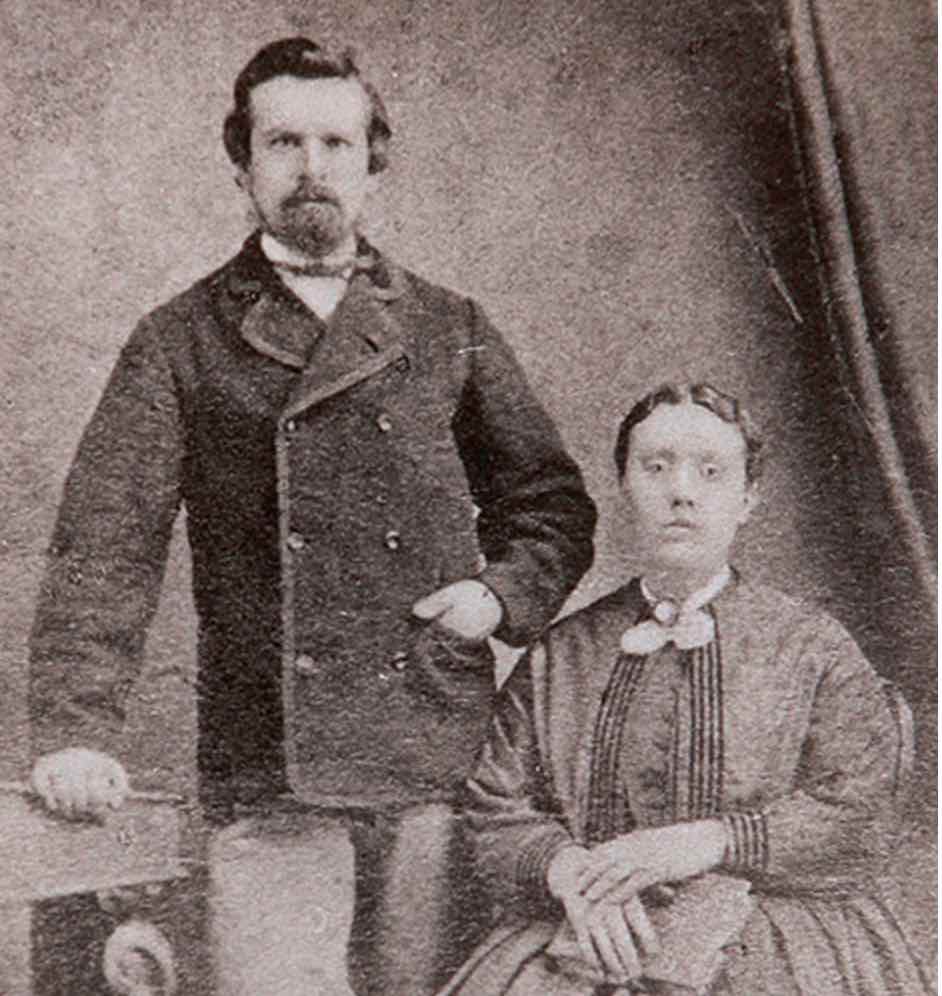
Picture Credits: www.glenfiddich.com
William Grant was a visionary of his time. For 20 years, he harboured the dream to “make the best dram in the valley”. He realised his dream in the summer of 1886, where he, together with his 7 sons and 2 daughters, set out to build the distillery by hand, with only one stone mason to help. It was completed one year later.
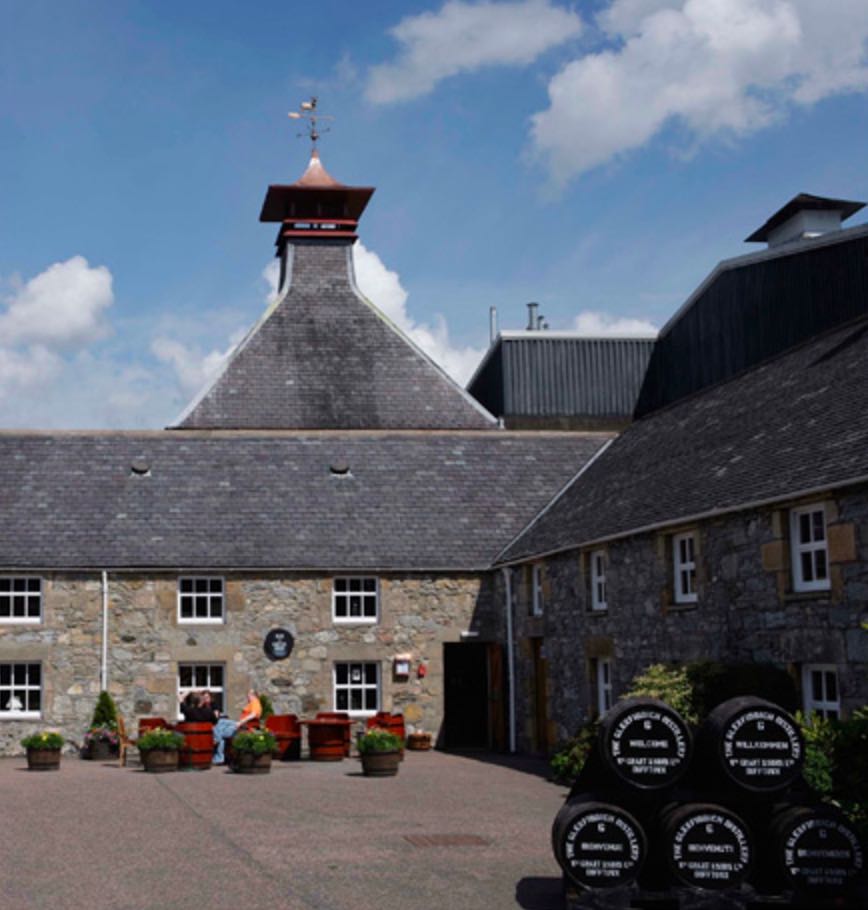
Picture Credits: www.glenfiddich.com
William named the distillery “Glenfiddich”, which is Gaelic for “Valley of the Deer” and a stag became the distillery’s symbol. The first drop of spirit ran on Christmas Day, 1887. It was a memorable day; one that paved the way for Scotland’s single malts.
William’s grandson, Gordon Grant joined the family distillery in the 1920s, when Prohibition was in full swing. Instead of halting distillation, he increased whisky production. Due to his insights, Glenfiddich was one of the 6 operating distilleries in Scotland with fine, aged whiskies, ready to be sold, after the Prohibition ended.
In 1957, Charles Gordon (William’s great grandson), built an onsite infrastructure that included having coppersmiths onsite to maintain their copper stills. A dedicated cooperage followed in 1959. These 2 infrastructures proved to add strength to Glenfiddich as it made them self-sufficient later. Almost at the same time, Glenfiddich also launched its now-iconic triangular bottle, which houses all their liquids up till today.
Growing the Glenfiddich Brand
The 1960s to 1970s were tough years for whisky distilleries. Many of the smaller, independent ones were either bought over or closed down. William Grants & Sons increased the production of their whisky and introduced both advertising campaigns as well as a visitor centre in order to survive the tough years. This period effectively marked the “birth” of modern-day single malt category as the company decided to market single malt as a premium brand in its own capacity.
It is interesting to note that William Grant & Sons are also one of the pioneers to package its bottles in tubes and gift tins. They also understood the importance of duty-free markets for their whiskies. These marketing strategies worked for the brand, and it grows to become the best-selling single malt in the world today.
The Glenfiddich Ranges of Whisky
Glenfiddich whisky is produced at its distillery in Dufftown, Speyside. They take water from the Robbie Dhu springs and use various oak casks sourced from the Caribbean and America (Rum and Bourbon) as well as sherry butts from Jerez, Spain. The distillery has 28 hand-made copper pot stills and a team of coppersmiths maintain them on site. Glenfiddich has an extensive range of whisky from the core to the rare and the experimental.
The Core Range

Picture Credits: www.glenfiddich.com
The core range includes their signature 12 YO, 15 YO, 18 YO and 21 YO. Each whisky is finely crafted to their individual taste profiles. The core range is popular and is enjoyed by many whisky drinkers around the world.
The Special Edition
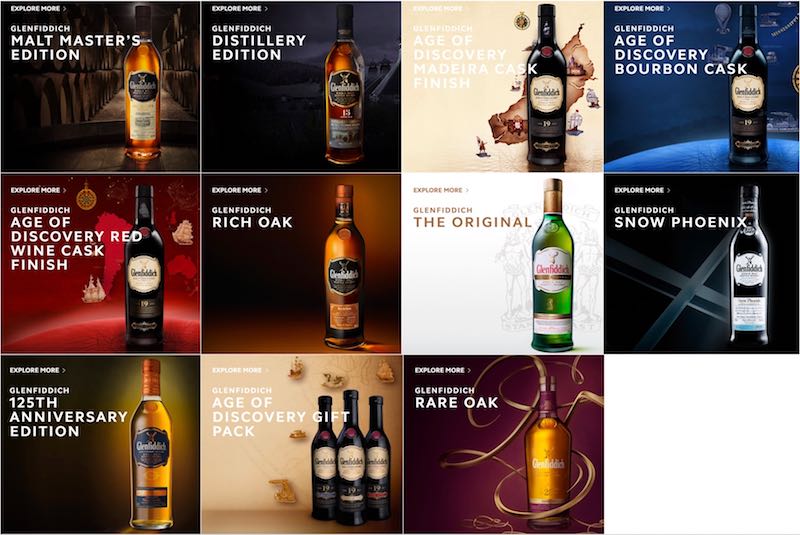
Picture Credits: www.glenfiddich.com
The special edition range consists of expressions bottled for a reason. For example, Glenfiddich Snow Phoenix was created in 2010 after warehousemen worked 24/7 to rescue maturing casks in minus 19-degree Celsius after extreme snow collapsed some of their warehouse roofs. Snow Phoenix was the result of the marrying of the finest of those rescued casks.
The Rare and Vintage
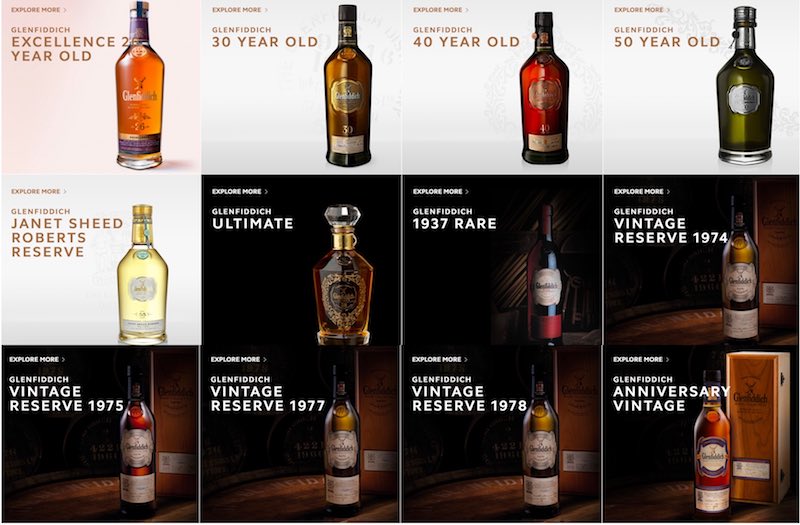
Picture Credits: www.glenfiddich.com
The rare and vintage collection is Glenfiddich’s most exclusive and oldest single malt whiskies. The distillery auctioned these bottles for charity and broke records all over the world.
The Cask Collection

Picture Credits: www.glenfiddich.com
The Cask Collection is Glenfiddich’s global travel retail edition. They represent the family’s pioneering and innovative spirits.
The Experimental Series
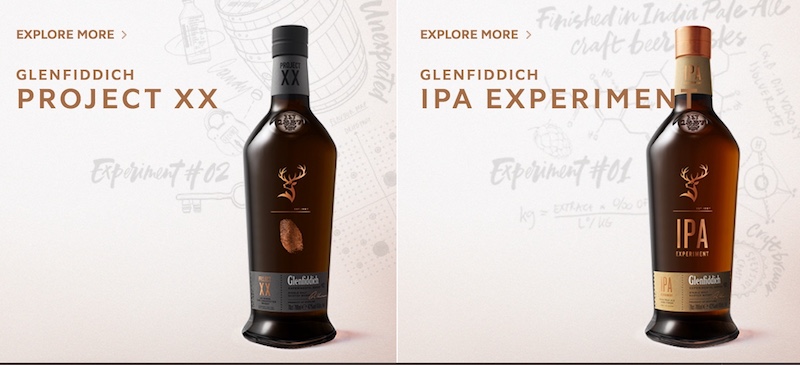
Picture Credits: www.glenfiddich.com
This ground-breaking series of single malt whisky is the proof of the family’s philosophy of freedom and possibilities. Both of these expressions came from collaborations between Malt Master Brian Kinsman and someone outside of the distillery.
Glenfiddich Today
William Grant & Sons continues to bring exceptional whiskies to the international market with their Glenfiddich creation. There is no doubt that future generations of the family will continue the proud tradition of Glenfiddich and bring it to greater heights. We look forward to more amazing creations from the distillery in the future.
